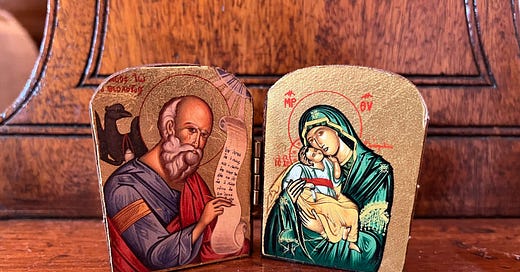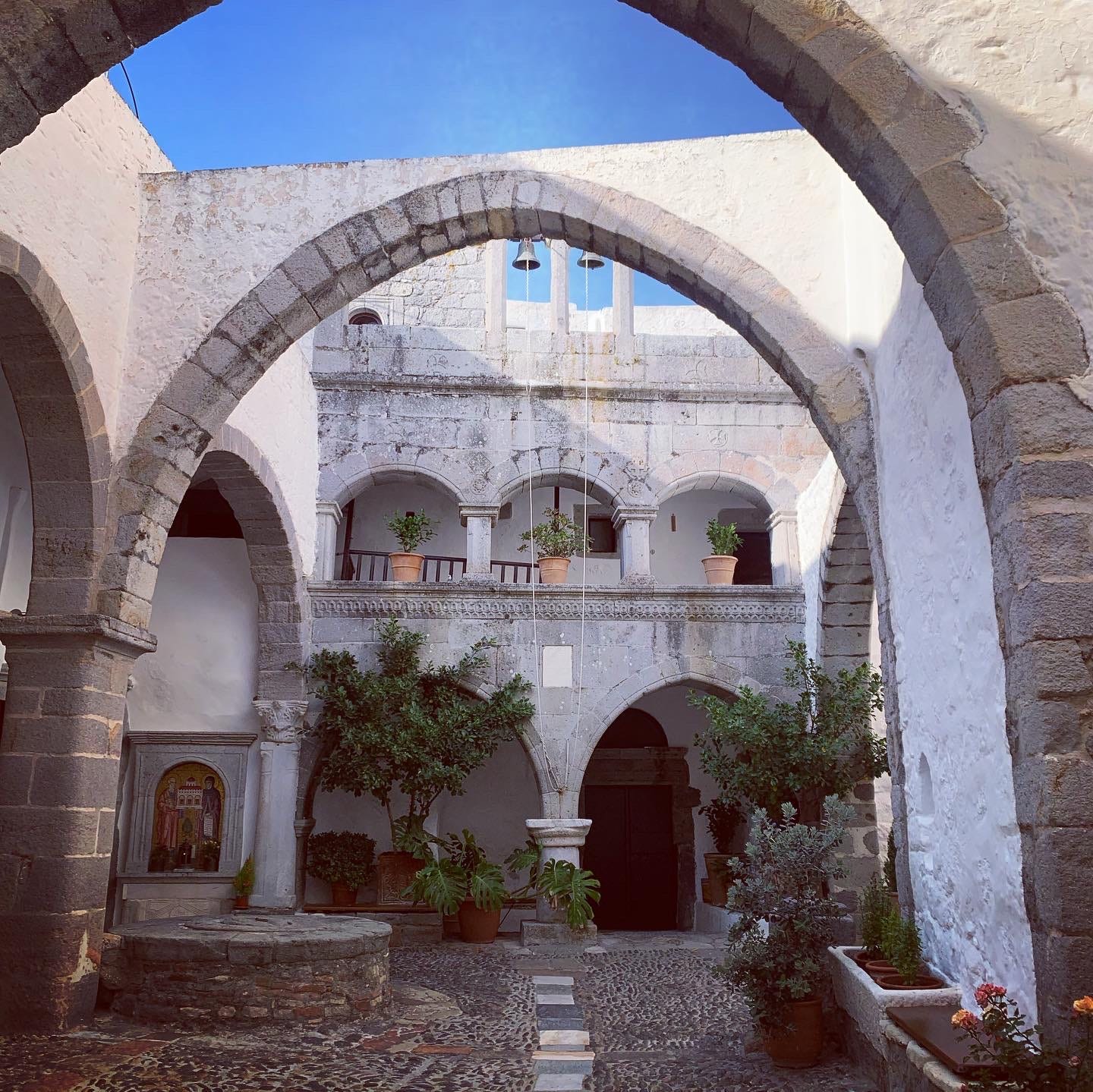This morning I started my work by peeling a screaming child off my leg. I had done all the other things first; given lots of cuddles, kept my patience while explaining seventeen times in a row that sometimes mummies need to work, promised special time later, but none of it made a difference. Eventually, in order to make my nine a.m. meeting, physical removal was required. I walked upstairs to my makeshift office with the sound of his sobs ringing in my ears.
I am writing today from that dread time, the part of the summer holidays when my kids are off and I am not. It’s not just the logistical challenge of thirteen weeks of holidays for kids, five (maximum) for parents that is troubling. I dislike the sensation of a family living unsynchronised, ticking to different clocks. My son is not at school, so he wants to be with me, but I have work to do.
The ebb and flow of the school year is one of the last remaining life-cadences in the flatlands of late stage capitalism. And not just for those currently caught up in it. Mentally structuring our year in three terms continues for decades past our own entry into adulthood, leaving September always smelling of sharpened pencils and possibility. This means trying to work instead of frolic in August feels all kinds of wrong.
I’m also away from our community house. We’ve fled to the grandparents to try and patch together enough cover, and so are not in the flow of our wider communal rhythms. The shared ‘Rule of Life’ that we have crafted in our micro-community over several years now feels as comfortable as breathing. We know Monday mornings mean prayer, Monday evenings mean open table dinners then compline, Wednesday evenings mean house meeting, Friday mornings mean sacred reading. Once a month we have a designated Day of Fun, which I increasingly think essential in any functional community. (That was an accidental pun). Without these rhythms, so much time is wasted making decisions. Who is working today? Who is cooking? What should we do? It’s disorienting. I’m naturally spontaneous, and resistant for many years to structures and restrictions like these, so it’s fascinating how much I now miss them.
This morning, after that first online meeting, once the adrenaline of early morning conflict had worn off, I reached into my bag for this folding icon. I am trying to set it on my desk when I am writing, to take a moment and a breath before plunging in. I’m new to icons, but my understanding is that they are a form of visual prayer, a way of centring the viewer on the sacred. Mine has a picture of St John on the left, Mary and baby Jesus on the right. It also reflects back two of my identities, one writing, one mothering.
It’s tiny, designed I assume, for travel, and painted onto wood, like almost all icons made in the Eastern Orthodox Church. The wood represents both the Tree of Life and the Tree of the Knowledge of Good and Evil - everything about the making of icons is symbolic. Closed, the two pictures pressed together, it fits into my handbag. I like rummaging past it when I’m searching for the smooth case of my AirPods, a plastic cylinder of lipstick, the cool prongs of my keys. I enjoy brushing my palm instead against something carved and tactile. It is like carrying a pebble, a disruption of the functional.
I bought it as a “good enough” icon, a temporary fix while I save up for a proper one. It was the cheapest I could find in the gift shop at the monastery on Patmos, a tiny, overwhelming jewel box of a place, as dense with meaning and history as the old town of Jerusalem or Stonehenge. I bought it even though I was feeling in a bit of a grump with St John, who is pictured holding the scroll of Revelation, which was written on Patmos. The previous day I had lead a reading of that apocalyptic book on the beach with a group, some of whom have never encountered the Bible, and been troubled and unsettled by its brutality. I was unsure how to reconcile its largely excoriating narrative voice with the person who wrote my favourite, loving, mystical books of the Bible- the Gospel of John and the three New Testament letters which also bear his name. Buying this icon that day felt like a commitment to stay in conversation with him (or them - one theory is that the writers are different Johns) rather than fleeing the difficulty. Alright, Johnny boy, I whispered, as I slipped it in my pocket. Hang out here with Mary and the Most Important Baby for a bit and we will talk later. It’s a reminder that Revelation - that book about a time of endings- and I have unfinished business.
Eventually, I’d love an icon of one of the female mystics, Hildegard of Bingen maybe, now a superstar, who also loved plants, or Julian of Norwich. Julian wrote the earliest surviving English language work by a woman. She found a way to steady her soul amongst plague and political turmoil, alone in her anchorage. I want to know what it means to be able to say “All shall be well” in times like hers, in times like ours. I’d like to have her face on my wall as a reminder.
I do wonder if it’s a kind of appropriation, this sudden hankering after icons. I’m a mongrel disciple, not formed by a tradition that uses them regularly, and at least part of the draw for me is aesthetic. Maybe I like them because I am a decorative maximalist and would happily cover my house in carved wood and gold leaf and jewel coloured walls. It’s also surely a self-conscious reaction to the way modern western Christianity trends to the primary coloured and kitsch. I’m sure I’m signalling, if only to myself, that I’m too tasteful for fridge magnets and three chord worship songs (I’m not, always). An icon feels like the antidote to jolly, hand lettered, Bible verses. I don’t think it’s appropriation, not matter how mixed my motivations. It’s one church, in theory, after all (one Lord, one faith, one baptism), and so I think all the forms of prayer are up for grabs. Frankly, I (we?) feel the need for wisdom so urgently I don’t really care where it comes from.
People use icons for all kinds of different reasons. For some they are a sort of talisman, almost a mascot. I have found my tiny starter icon helpful for anchoring myself in time, even when untethered by August and absence from community. Fishing it up from amongst the tissues and chewing gum and pens, standing it open with a half coherent prayer is a way to context switch between mother and writer. It gives a tiny bit of shape to the largely undifferentiated time that characterises secular modernity.
This August, I’m grateful for the orienting ritual this icon brings me. These three faces who knew change and trouble now travel with me, and ground me. I look at them, and they look back at me, a strange mutual witnessing across centuries. They snap me out of what artist Jenny Odell calls “the constant amnesiac present”, the deeply contingent experience of my own days, into something more spacious. They remind me that sacred time is still unfolding, full and patient, underneath all this restless busyness and empty leisure. They are part of a stranger, longer, deeper story than I often feel myself to be, but they see my story and don’t despise it. Sometimes I look at Mary with her son clinging to her, and I could swear she winks at me.








Elizabeth, there is much here that I resonate with, so thank you for writing so thoughtfully about the challenges of adjusting to a break in your usual rhythm of life. What caught my attention in particular was your mention of being in a "conversation with John". For me, it's Matthew at the moment, how he portrays Jesus as the compassionate healer one minute and the fiery prophet of doom the next. It's so interesting when you consider that the gospels were penned by actual people with personal histories and thoughts about the end of the world as they knew it. There is indeed much for us to learn from them in regard to speaking and writing about the times we live in.
I loved this, Elizabeth. I recognised myself in the taste / appropriation comment - but that's no kind of life!